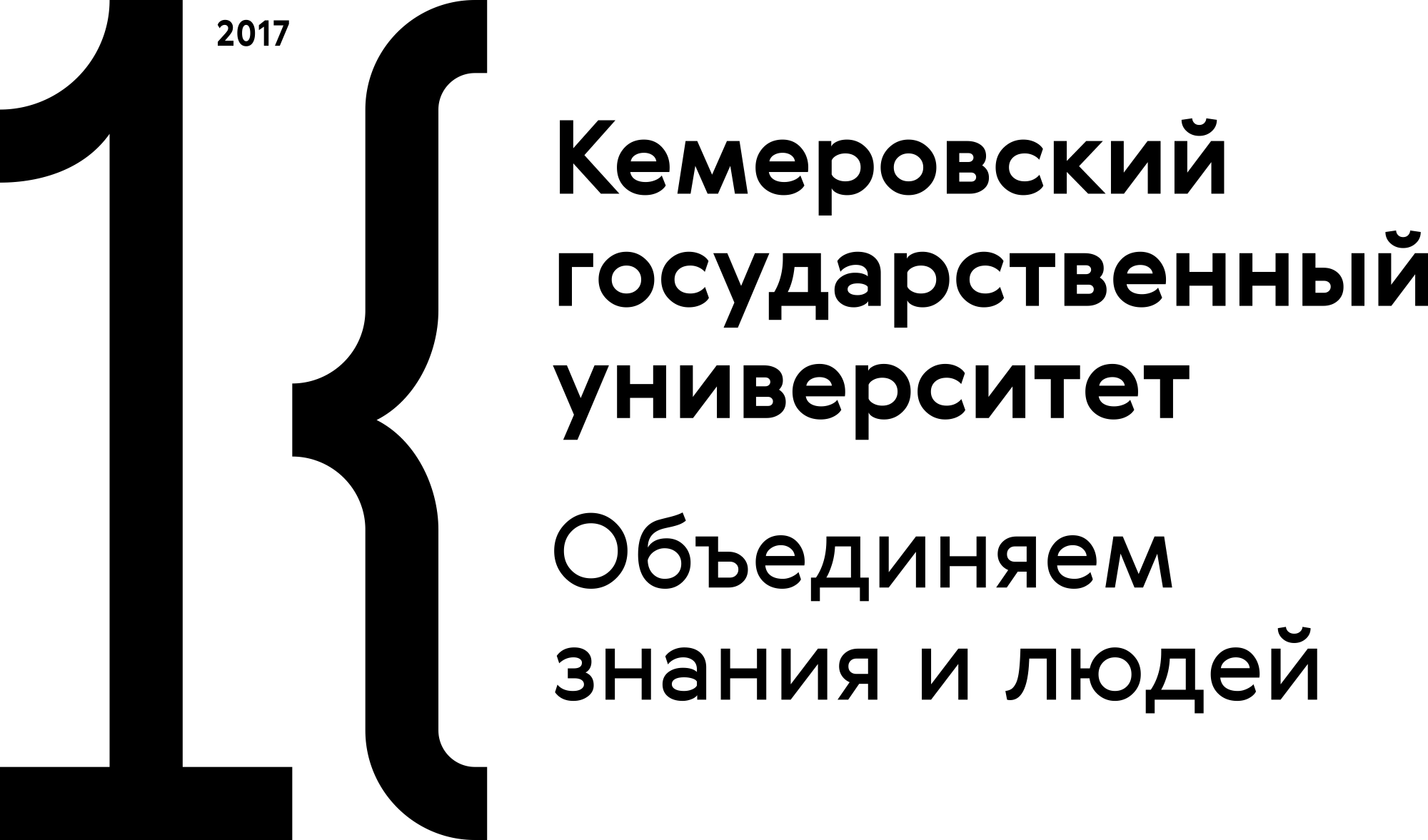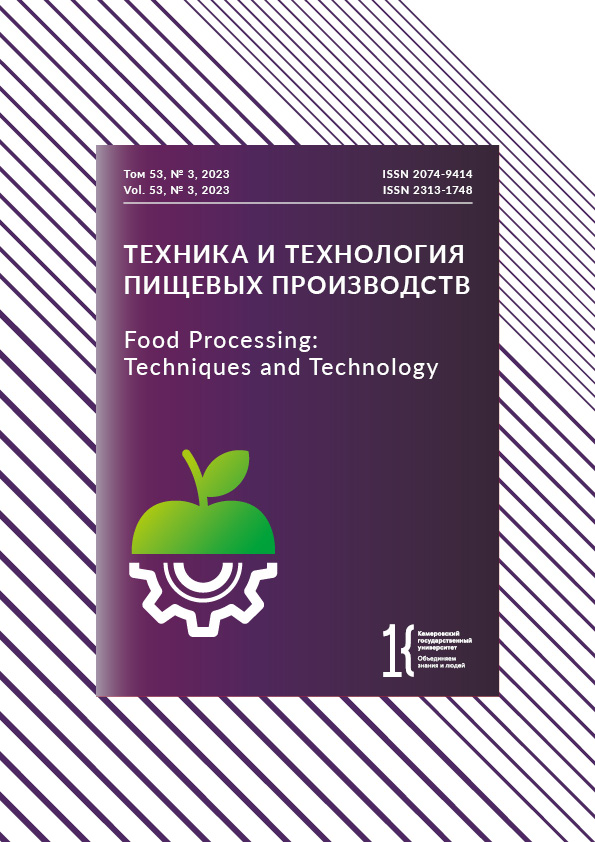from 01.01.2000 until now
Sevastopol, Russian Federation
from 01.01.2023 until now
Sevastopol, Russian Federation
Sevastopol, Russian Federation
Sevastopol, Russian Federation
Cerastoderma glaucum is a bivalve mollusk that inhabits the supralittoral zone of the Black Sea. It is a potential object of commercial aquaculture, which makes its lipid profile and adaptation mechanisms a prospective research topic. The authors analyzed the annual patterns in total lipids, phospholipids, polyglycerides, diglycerides, sterols, free fatty acids, and triacylglycerides to obtain the fatty acid profile of C. glaucum, harvested from the supralittoral zone of the upper Kazachya Bay, Sevastopol, Russia. The mollusks were collected in the winter, spring, and autumn of 2021–2022. This research featured their gills, foot, and hepatopancreas. An integrated methodological approach was used to d etermine total lipids, classify them, and study fatty acids. The total lipid level was 2.4–15.1 g/100 g raw weight. During the year, the dynamics of total lipids in the tissues of foot and gills varied from the highest values in the spring (9.6 ± 1.6 and 4.9 ± 1.9 g/100 g raw weight, respectively) to the lowest in the autumn (5.5 ± 0.5 and 2.5 ± 0.4 g/100 g raw weight, respectively). In the hepatopancreas, it peaked the winter and dropped in the autumn (19.4 ± 1.9 and 2.9 ± 0.4 g/100 g raw weight, respectively). In the winter, all tissue samples demonstrated a significant decrease in triacylglycerides. The composition of fatty acids and total lipids in all tissues included 23 types, i.e., nine saturated (35–40%), eight monounsaturated (15–34%), and six polyunsaturated (5.8–29%) from the families of omega-3, 5, 6, 7, 9, 11, and 13. Palmitic and oleic acids were among the dominant fatty acids. Seasonal dynamics of lipids in the samples of foot, gills, and hepatopancreas of C. glaucum revealed some general patterns. In the spring, total lipids peaked while structural and storage lipids had a uniform distribution. In the autumn and winter, total lipids went down whereas structural lipids increased. The fatty acid profile of C. glaucum from the supralittoral zone of the Black Sea differed from those of the same species from o ther regions.
Total lipids, lipid classes, fatty acids, bivalves, seasonality, cerastoderma
1. Kopiy VG, Bondarenko VG. Atlas of the inhabitants of the pseudolittoral of the Azov-Black Sea coast of Crimea. Sevastopol: IBSS; 2020. 120 p. (In Russ.). https://doi.org/10.21072/978-5-6044865-1-1
2. Fokina NN, Nefedova ZA, Nemova NN. Lipid composition of mussels Mytilus edulis L. of the White Sea. The influence of some environmental factors. Petrozavodsk: Karelian Scientific Center of the Russian Academy of Sciences; 2010. 243 p. (In Russ.).
3. Murphy DJ. The biogenesis and functions of lipid bodies in animals, plants and microorganisms. Progress in Lipid Research. 200;40(5):325–438. https://doi.org/10.1016/S0163-7827(01)00013-3
4. Harayama T, Riezman H. Understanding the diversity of membrane lipid composition. Nature Reviews Molecular Cell Biology. 2018;19:281–296. https://doi.org/10.1038/nrm.2017.138
5. Fokina NN, Nefedova ZA, Nemova NN. Biochemical adaptations of marine bivalves to anoxic conditions (Review). Proceedings of the Karelian Scientific Center of the Russian Academy of Sciences. 2011;(3):121–130. (in Russ). https://www.elibrary.ru/OGHSCR
6. Parnova RG. Lipids as signaling platforms and signaling molecules. Zhurnal Evolyutsionnoi Biokhimii I Fiziologii. 2020;56(7):824–825. https://doi.org/10.31857/S0044452920072176; https://elibrary.ru/IVTPKI
7. Fokina NN, Ruokolainen TR, Nemova NN, Martynova DM, Sukhotin AA. Fatty acids distribution in seston, tissues, and faecal pellets of blue mussels Mytilus edulis L. Doklady Biochemistry and Biophysics. 2020;495:311–318. https://doi.org/10.1134/S1607672920060046
8. Vural P. Monthly variation of biochemical composition of Lagoon Cockle (Cerastoderma glaucum, Bruguière, 1789), from Çardak Lagoon (Turkey). Thalassas: An International Journal of Marine Sciences. 2022;38:885–893. https://doi.org/10.1007/s41208-022-00423-7
9. Ricardo F, Pimentel T, Moreira ASP, Rey F, Coimbra MA, Domingues MR, et al. Potential use of fatty acid profiles of the adductor muscle of cockles (Cerastoderma edule) for traceability of collection site. Scientific Reports. 2015;(5):11125. https://doi.org/10.1038/srep11125
10. Ricardo F, Pimentel T, Maciel E, Moreira ASP, Domingues MR, Calado R. Fatty acid dynamics of the adductor muscle of live cockles (Cerastoderma edule) during their shelf-life and its relevance for traceability of geographic origin. Food Control. 2017;77:192–198. https://doi.org/10.1016/j.foodcont.2017.01.012
11. Mahony KE, Egerton S, Lynch SA, Blanchet H, Goedknegt MA, Groves E. Drivers of growth in a keystone fished species along the European Atlantic coast: The common cockle Cerastoderma edule. Journal of Sea Research. 2022;179:1–9. https://doi.org/10.1016/j.seares.2021.102148
12. Revkov NK. Macrozoobenthos of the Ukrainian shelf of the Black Sea. In: Eremeev VN, Gaevskaya AV, Shulman GE, Zagorodnyaya JuA, editors. Biological resources of the Black Sea and Sea of Azov. Sevastopol: ECOSI-Hydrophysics; 2011. pp. 140–162. (In Russ.).
13. Borodina AV, Zadorozhny PA. The annual dynamics of tissue carotenoids in a bivalve mollusk Cerastoderma glaucum (Bruguière, 1789). Journal of Evolutionary Biochemistry and Physiology. 2020;56(1):3–12. https://doi.org/10.1134/S0022093020010019
14. Fokina NN, Shklyarevich GA, Ruokolainen TR, Nemova NN. Ecological and biochemical monitoring of some intertidal mussel Mytilus edulis L. settlements in Kandalaksha Nature Reserve. Vestnik of MSTU. 2019;22(2):213–224. (In Russ.) https://doi.org/10.21443/1560-9278-2019-22-2-213-224
15. Borodina AV, Veliaev YuO, Osokin AR. Comprehensive Methodological Approach to Determining Lipids in Clams. Food Processing: Techniques and Technology. 2023;53(4):662–671. (In Russ.). https://doi.org/10.21603/2074-9414-2023-4-2464; https://elibrary.ru/JWGHGY
16. Shcherban SA, Makarov MV, Melnik AV. The understudied bivalve species of the black sea Cerastoderma glaucum (bruguiere, 1789) (Cardiidae): distribution and some aspects of biology and physiology. A review. Ekosistemy. 2022;(32):73–84. (In Russ.). https://www.elibrary.ru/OYBHCX
17. Nemova NN, Meshcheryakova OV, Lysenko LA, Fokina NN. The assessment of the fitness of aquatic organisms relying on the biochemical status. Proceedings of the Karelian Scientific Center of the Russian Academy of Sciences. 2014;(5):18–29. (In Russ.). https://www.elibrary.ru/THJTPP
18. Bagaev A, Esiukova E, Litvinyuk D, Chubarenko I, Subramanian V, Ramadoss V, et al. Investigations of plastic contamination of seawater, marine and coastal sediments in the Russian seas: a review. Environmental Science and Pollution Research. 2021;28;32264–32281. https://doi.org/10.1007/s11356-021-14183-z
19. Strokal V, Kuiper EJ, Bak MP, Vriend P, Wang M, van Wijnen J, et al. Future microplastics in the Black Sea: River exports and reduction options for zero pollution. Marine Pollution Bulletin. 2022;178:113633. https://doi.org/10.1016/j.marpolbul.2022.113633













